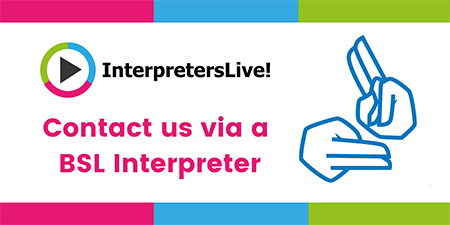We’ve come a long way when it comes to LGBTQ+ representation in the workplace. More employers than ever are celebrating Pride, backing community causes, and showing allyship on their social media feeds.
And that’s a good thing. Visibility, support, and solidarity all matter.
But here’s the truth. When it comes to trans inclusion, there’s still a huge gap. Too often, the ‘T’ in LGBTQ+ is treated as an afterthought. There’s a lot of energy around general LGBTQ+ matters, but little real transparency around what employers are doing to create safe, inclusive, and equitable experiences for trans and non-binary candidates.
We need to do better.
Because when trans candidates approach the hiring process, they are often doing so with caution. They assume nothing. And that’s because, for many, the hiring process has historically been unsafe, invalidating, or outright discriminatory. If we want to build truly inclusive workplaces, trans-inclusion can’t be silent. It needs to be intentional.
Trans inclusion in hiring is more than policy – it’s culture, behaviour, and clarity
It’s not enough to include a rainbow icon on your website or mention ‘diversity’ in your job advert. If you want to attract and support trans candidates, you need to show, clearly and confidently, that your recruitment process, hiring culture, and working environment have been designed with inclusion in mind.
You also need to be proactive. Trans candidates are not going to assume your business is safe or inclusive unless you give them a reason to believe it is. And this is where a lot of businesses fall short. The intent is there, but the detail is missing.
So, how can you start building a more trans-inclusive hiring process?
If you’re reviewing your careers site, developing your EVP, or refreshing your job adverts, here are some practical things to think about:
Train your hiring teams.
Everyone involved in recruitment should understand gender identity, trans inclusion, and the barriers trans candidates face. This includes recruiters, hiring managers, and interview panel members. Training matters.
Normalise pronoun sharing.
Encourage recruiters and hiring managers to share their pronouns in email signatures, on LinkedIn, and in interviews. This creates a safer space for others to do the same and signals awareness and respect.
Update application forms and systems.
Review title options, gender fields, and any binary language in your systems. If you’re still forcing candidates to choose between ‘Mr’ and ‘Ms’, or ‘male’ and ‘female’ only, you’re already excluding people.
Review your diversity monitoring forms.
Make sure these include inclusive, respectful, and up-to-date language. Use terminology recommended by respected LGBTQ+ organisations and ensure people can self-describe where needed.
Talk about trans inclusion openly.
If you’re doing the work, say so. Your careers page, EVP documents, and recruitment marketing should talk about the steps you’re taking to support trans employees and candidates.
Highlight your inclusive policies.
If you have trans-inclusive policies, share them. Talk about things like your transition at work policy, your approach to dress codes, inclusive toilets, and gender-neutral facilities.
Audit your language.
Review every touchpoint in your recruitment journey – job descriptions, contracts, emails, onboarding packs – for outdated or gendered language. Replace binary pronouns with inclusive alternatives and avoid stereotypes or assumptions.
Ditch gendered expectations.
Do you have informal dress codes or expectations for interviews that might make someone feel uncomfortable? Make sure your communications are clear that all identities are welcomed and respected.
Handle documentation with care.
There is no need to create drama when reviewing someone’s identification or certificates. If a name doesn’t match, don’t make it awkward. Be discreet, respectful, and assume good reason. You’re not the FBI.
Do the internal work too.
None of this matters if the culture inside your business isn’t safe. Make sure your workplace is inclusive, that you understand the gender identities of your team, and that you are confident no trans employee or candidate will face bias, discrimination, or hate on your watch.
Why this matters
Trans people continue to face disproportionate discrimination and exclusion in the workplace. From misgendering and microaggressions to being overlooked for roles or denied career progression, the barriers are real.
As recruiters, hiring managers, and HR professionals, we have a responsibility to actively remove those barriers, not just for legal compliance, but for human decency.
When trans candidates see clear signs that your business understands, supports, and welcomes them, they’re more likely to apply, to stay, and to thrive.
Final thoughts
Trans inclusion is not about getting everything perfect straight away. It’s about being intentional, informed, and proactive. It’s about taking real steps to ensure your hiring process is inclusive, accessible, and respectful for every candidate, no matter their gender identity.
So the next time you refresh your job adverts or careers page, ask yourself, does this feel safe for a trans person to engage with? If not, it’s time to make a change.
Need help building a more inclusive hiring process?
I work with internal recruitment teams, HR leaders, and hiring managers to develop inclusive, accessible, and equitable recruitment strategies. I have a number of incredible Trans Trainers who can support with specific guidance around trans inclusion, language, and culture.
If you’d like to chat about how they can support your business, get in touch.


